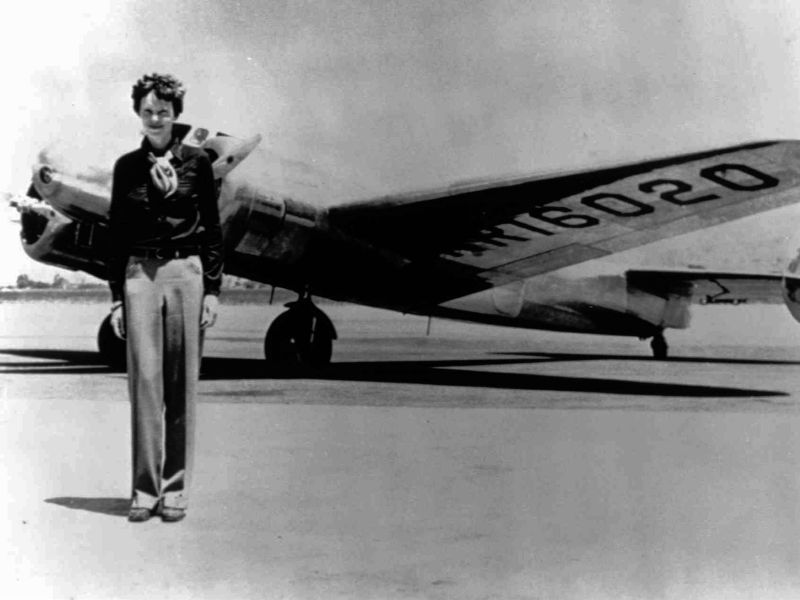Purdue Launches Bold New Mission to Uncover Amelia Earhart’s Lost Plane in the South Pacific
A new chapter has begun in the decades-long search for Amelia Earhart’s missing plane as Purdue University announces a major expedition to the remote Nikumaroro Island in Kiribati, nearly 1,000 miles from Fiji. The move is inspired by intriguing satellite imagery and ongoing research suggesting the famed aviator may have crash-landed and possibly even survived for some time on the island.
The image, captured in 2015 following a powerful tropical cyclone, appears to show the faint outline of what could be the fuselage of Earhart’s Lockheed Electra 10E, partially buried in the sand of a lagoon. The satellite photo caught the attention of Richard Pettigrew, executive director of the Archaeological Legacy Institute, who has long pursued answers to one of history’s most enduring mysteries. Pettigrew said the size, shape, and material of the object match those of Earhart’s plane, and the location aligns closely with where four of her distress radio transmissions may have originated.
Amelia Earhart, who vanished with navigator Fred Noonan on July 2, 1937, while attempting a historic around-the-world flight, had deep ties to Purdue. The university employed her as a career counselor for women and an adviser to the aeronautical engineering program, and it was a major backer of her final flight. Now, nearly 88 years later to the day, Purdue is preparing to send a research team on a six-day sea journey to Nikumaroro, where they’ll spend five days attempting to unearth what could be the remnants of her aircraft.
The effort is being backed by a $500,000 credit line from the Purdue Research Foundation. If successful, it would fulfill Earhart’s original intent to return the Electra to Purdue for study by future aviation engineers. “We believe we owe it to Amelia and her legacy at Purdue to fulfill her wishes,” said Steve Schultz, the university’s general counsel. “If we solve the mystery and confirm the find, the goal is to bring it home to a permanent place of honor.”
Past expeditions have yielded promising clues. Items such as American-made tools, a medicine vial, and even canine indications of human remains were discovered on the island during a 2017 mission with the International Group for Historic Aircraft Recovery (TIGHAR). However, none of these finds provided conclusive proof that Earhart ever set foot there.
The satellite object that sparked the current expedition was later obscured by sand in subsequent images, making direct identification difficult. Pettigrew concedes that what’s missing is “smoking gun evidence,” but remains convinced everything points to the right place.
Not everyone agrees. Ric Gillespie, director of TIGHAR and a veteran of 12 previous expeditions to Nikumaroro, argues that the object is nothing more than a coconut palm root ball washed ashore. He believes the aircraft, if present, would be buried under coral, not sand. “We’ve looked there. There’s nothing,” said Gillespie, who authored One More Good Flight: The Amelia Earhart Tragedy. “But I understand the desire to find a piece of Amelia’s airplane. God knows we’ve tried.”
Whether this upcoming search uncovers the plane or not, it renews global fascination with Earhart’s enduring legacy. As the first woman to fly solo across the Atlantic, and a bold advocate for women in aviation, Amelia Earhart remains an icon of courage and exploration. Purdue’s mission could finally bring her story full circle.
